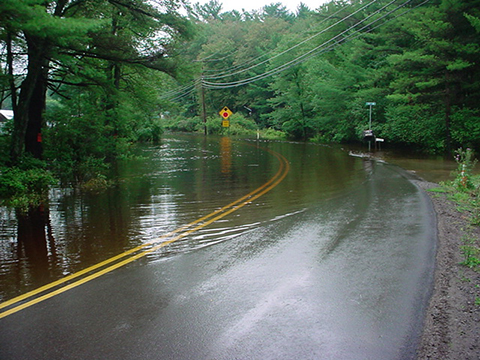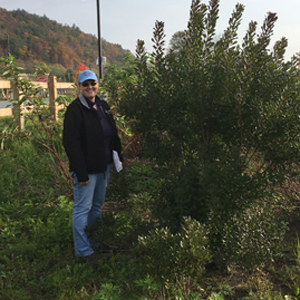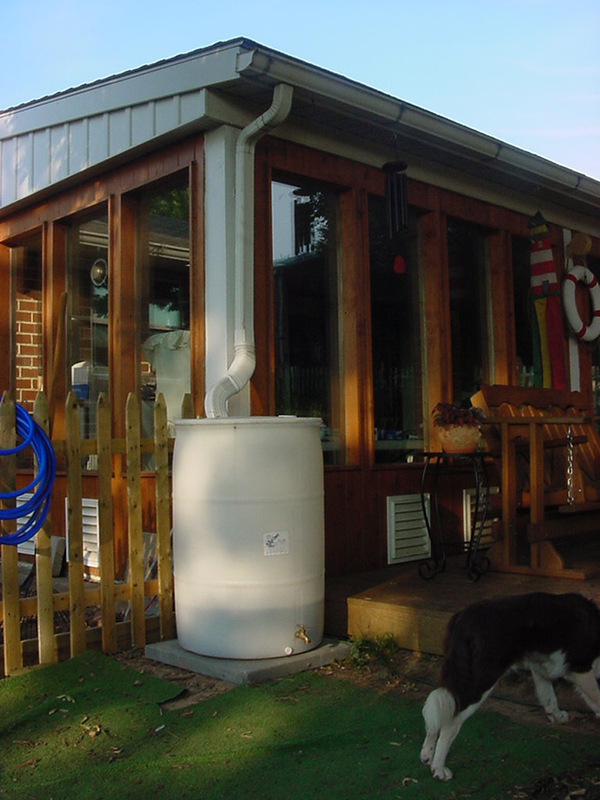News

Managing Spring Stormwater

By Ellen Enslin, Senior Resource Conservationist, Certified Professional in Erosion and Sediment Control
With the spring thaw upon us, it’s a good time to consider the benefits of proper stormwater management.
Stormwater runoff is created when rain or snowmelt accumulates and runs across the surface of the land. Undeveloped, forested lands generate relatively low volumes of stormwater, while increasing land development creates larger volumes.
Increased stormwater runoff is primarily the result of:
- Forest removal
- Soil compaction
- Impervious surfaces (such as parking lots, driveways, roads, highways, and rooftops)
Prevent Pollution
In areas where land use regulations and stormwater management are inadequate, increased runoff can negatively impact local communities.
Rain and snowmelt that would have been absorbed by leaf litter, soil and plant roots or filtered into the ground to provide groundwater recharge, instead moves across the human-built landscape. This runoff picks up and transports pollutants such as soil sediment, fluids leaked from automobiles, road de-icing agents, lawn and garden chemicals, pet and livestock waste, and debris.
As a consequence, residents, community associations, and municipalities must cope with pollution of surface waters and in some cases contaminated drinking water supplies. Therefore, the most effective strategy for managing stormwater runoff is to prevent it.
Homeowner Tips
Homeowners can reduce stormwater runoff on their properties in a number of ways including:
-

Homeowners can use rain barrels to collect and reuse roof runoff.
Minimizing impervious surfaces (sidewalks, driveways, patios, etc.)
- Planting native vegetation, wherever possible, in place of lawn areas
- Not removing trees and other growing vegetation from existing forested areas
- Directing rain gutters onto lawn or garden areas where more water can seep back into the ground
- Constructing rain gardens or infiltration trenches
- Using rain barrels to collect and recycle rooftop runoff
The Big Picture
On a broader scale, people can encourage officials within their community associations and municipalities to adopt land use regulations that support conservation design and low impact development. Incorporating these principles into land development projects reduces stormwater runoff by decreasing the amounts of impervious surfaces, maximizing stormwater infiltration, maintaining natural vegetation and existing drainage patterns, and conserving open space.
Comprehensive stormwater management requires cooperation on many levels within our local communities and among our leaders. It’s important to consider options that address existing stormwater problems as well as foster future resilience.
Adapted from the PCCD Citizens Guide to Clean Water.
